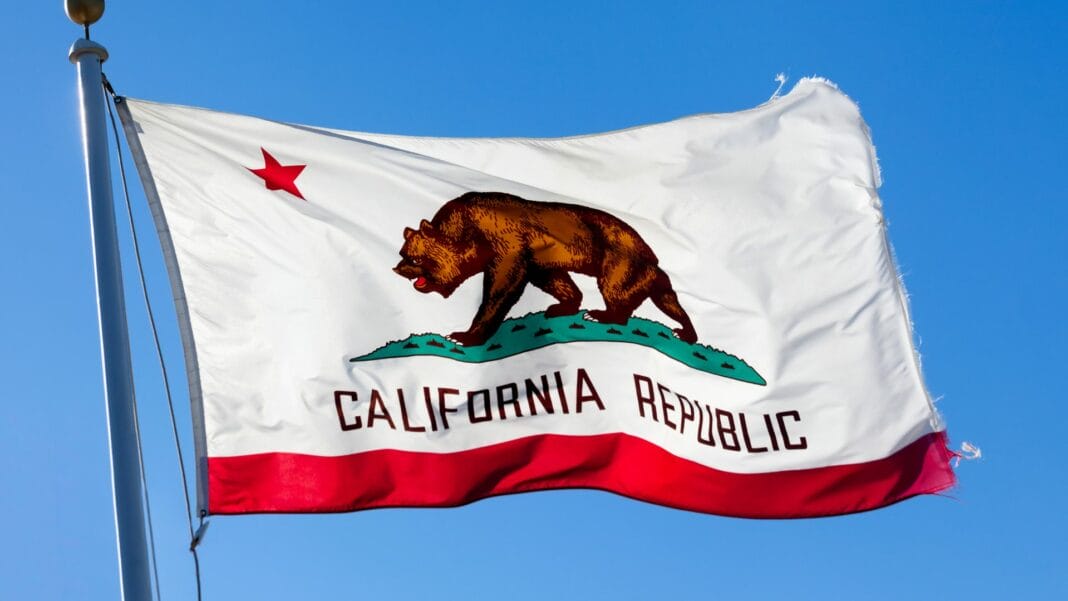California Secretary of State Shirley Weber cleared a renewed Calexit independence initiative for signature gathering on October 15, 2025, marking the second attempt this year by organizers to place California secession on the ballot.
Marcus Ruiz Evans, the Fresno-based leader of the California independence movement, filed the revised initiative (#25-0010) in August after his initial effort failed to collect sufficient signatures by the July 22, 2025 deadline. The new initiative targets the November 2026 ballot and requires 546,651 valid signatures from registered voters.
The initiative would place a question before California voters asking “Should California leave the United States and become a free and independent country?” If approved with at least 50% voter turnout and 55% support, the measure would constitute “a vote of no confidence in the United States of America” but would not immediately change California’s relationship with the federal government.
Texas Independence Movement Connections
Evans has participated in international sovereignty summits alongside Texas independence leaders, sharing strategies and building coalitions among state-level independence movements. The Calexit campaign represents one of the most advanced state secession effort currently active in the United States, providing a potential roadmap for Texas independence advocates.
The renewed initiative comes as both California and Texas face increasing tensions with federal authorities over border security, election integrity, and state sovereignty issues. Evans reported increased interest in California independence following the 2024 presidential election results.
The initiative would establish a commission to study California’s viability as an independent nation, with an estimated cost of $10 million in one-time costs and $2 million annually to operate the commission, according to the Legislative Analyst and Director of Finance.
Strategic Implications for Texas
The Calexit movement’s legal progress demonstrates how state-level independence campaigns can navigate ballot initiative processes and build public support. Evans’s organization has refined its messaging and strategy through multiple campaign cycles, offering lessons for Texas independence advocates.
California’s initiative process requires a higher signature threshold than Texas would likely face, making the Golden State’s experience particularly relevant for understanding the mechanics of independence campaigns. The two-step approach of first securing a symbolic vote before pursuing actual independence mirrors strategies discussed within Texas sovereignty circles.
The renewed approval follows a pattern of persistence that characterizes successful independence movements globally. Evans has maintained his campaign through multiple election cycles, building organizational capacity and refining messaging based on previous attempts.
Legal experts note that while the initiative faces constitutional challenges, the campaign serves to build public awareness and political momentum for state sovereignty arguments. The commission structure proposed in the initiative would provide detailed analysis of independence feasibility, creating a template other states could adapt.
Evans now has until the signature verification deadline to collect the required signatures, with campaign organizers expressing confidence that current political conditions favor their independence message. The initiative’s success or failure will provide valuable data for independence movements nationwide, including Texas advocates monitoring West Coast sovereignty efforts.


